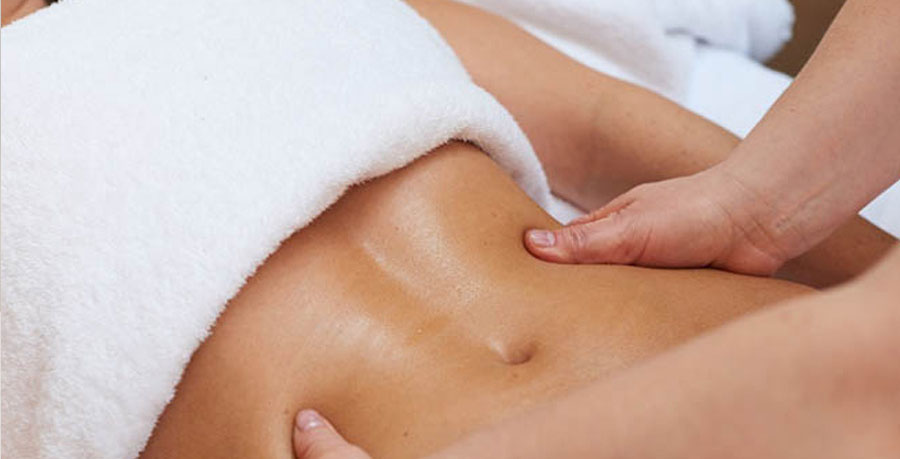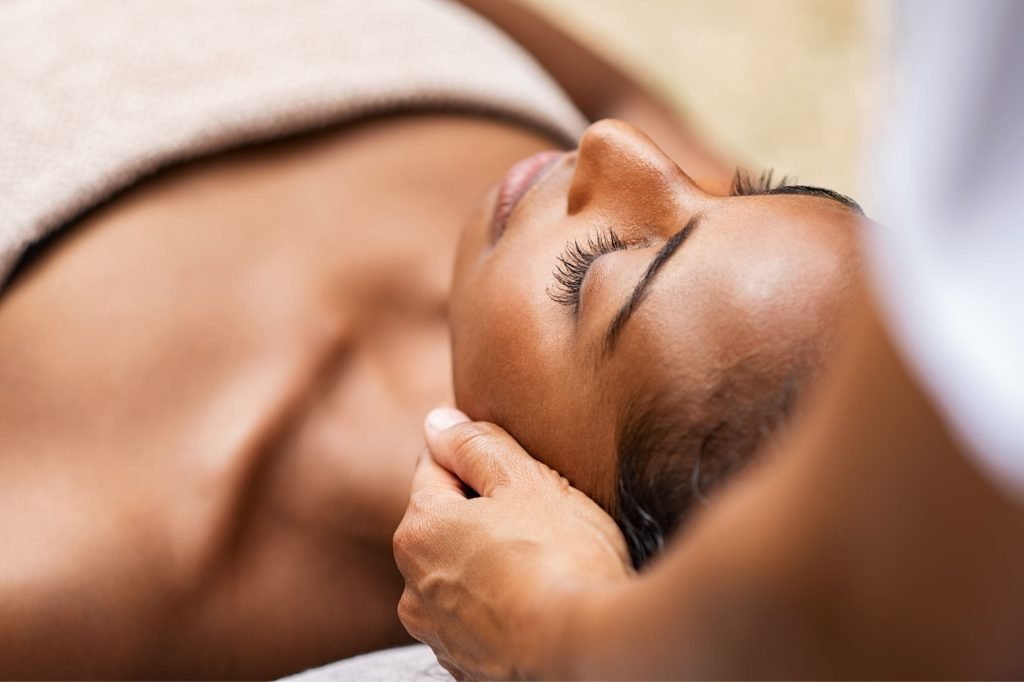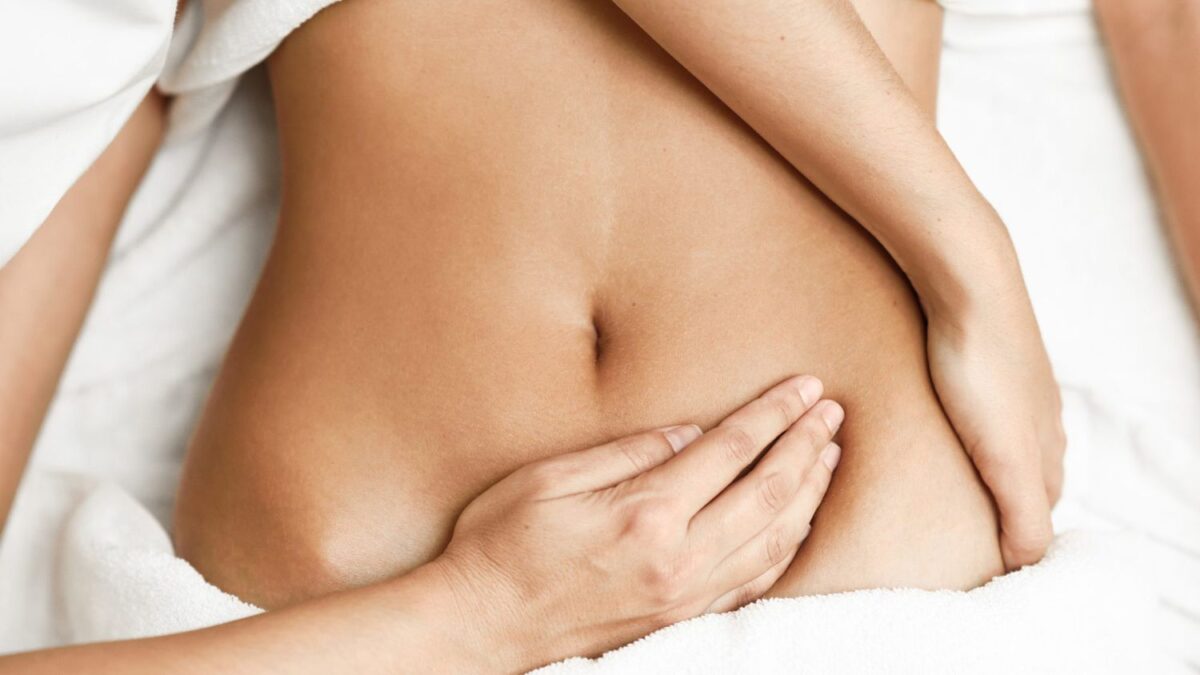Lymphatic Drainage Massage; what’s the fuss about?
As you’ve guessed by now, as a team, we are constantly learning. Where some of us lean towards a more holistic approach and some of us more scientific one, we are all about the results from a PR perspective.
We are also constantly curious about what works and what doesn’t, whether it’s old or new. Which brings us round to an older treatment that has had a new lease of life. Lymphatic Massage; more than one billion people have watched videos bearing its hashtag on TikTok, and treatment services across the country are reporting increases in bookings for this trending massage.
It’s no surprise, then, that one of our favourite treatments across the team undoubtedly is Lymphatic Massage; we think this is more than a trend and it’s here to stay.
What is Lymphatic Drainage Massage?
Manual lymphatic drainage (MLD), the massage technique known as lymphatic drainage, was developed by Emil and Estrid Vodder in the 1930s. They introduced it in Paris in 1936. While the exact date of its origin can vary, it is widely recognised as a technique pioneered in the 1930s. Ironically, as old as it is, it appears to be THE treatment of the moment in the past year or two.
With luxurious clinics showcasing their techniques, from Knightsbridge clinics to exclusive hotels in the Alps with impressive before and after pictures, what does it actually do?


Lymphatic drainage massage is a specialised form of gentle massage that stimulates the lymphatic system, helping to move lymph fluid and remove waste and toxins. It’s often used to help with swelling, water retention, and other conditions where lymphatic drainage is impaired. This massage is a light, rhythmic, and precise technique that encourages the flow of lymph fluid. It differs from traditional massage as it focuses on stimulating specific areas of the body to move lymph fluid towards the lymph nodes for cleansing. The goal is to help the lymphatic system function more effectively, removing waste and excess fluid from tissues.
Benefits:
- LDM can help reduce swelling caused by lymphedema or other conditions, as it helps move excess fluid away from tissues.
- Improves lymphatic function by stimulating the lymphatic system, LDM can help support the body’s natural detoxification process.
- Reduces stress and tension, the gentle nature of LDM can have a calming effect on the nervous system. The positive side effects also include a more streamlined silhouette, less bloating, and feeling leaner and lighter.
The fact that quite often results are instant (cue the multiple before and after photos on social media) has added to the popularity of this treatment, with pre-holiday packages, event preparation and more used as a hook.
Medical Applications of Lymphatic Massage
On a more serious note, some individuals use LDM to manage headaches, migraines, sinus congestion, and digestive issues. Individuals with lymphedema or other medical conditions who experience swelling post-surgery can also benefit from this treatment. After surgery, swelling and oedema often occur as the body reacts to trauma. Lymphatic drainage massage can effectively alleviate these symptoms by jump-starting lymphatic flow. This process facilitates the removal of excess fluid, resulting in a more rapid reduction of swelling.

Improving lymphatic circulation through lymphatic drainage massage boosts the transportation of oxygen, nutrients, and immune cells to the surgical area, fostering tissue repair and regeneration. Consequently, this promotes faster healing and facilitates a smoother recovery process. Relief from post-operative discomfort and pain is a common priority for patients. Lymphatic drainage massage offers effective relief by alleviating tension, enhancing circulation, and releasing accumulated fluid and toxins that may exacerbate discomfort.
Something you shouldn’t expect from it, however, is the elimination of fat cells. “Some people believe lymphatic drainage will get rid of fat instead of water retention and toxins – but this definitely doesn’t happen,” explains Flavia Morellato (founder of the Morellato Method).
For more insights and updates on the wellness market, be sure to follow our blog at LadyCPR.
Contact Information
Waylands Well, Farnham Lane, Haslemere, Surrey, GU27 1HG
